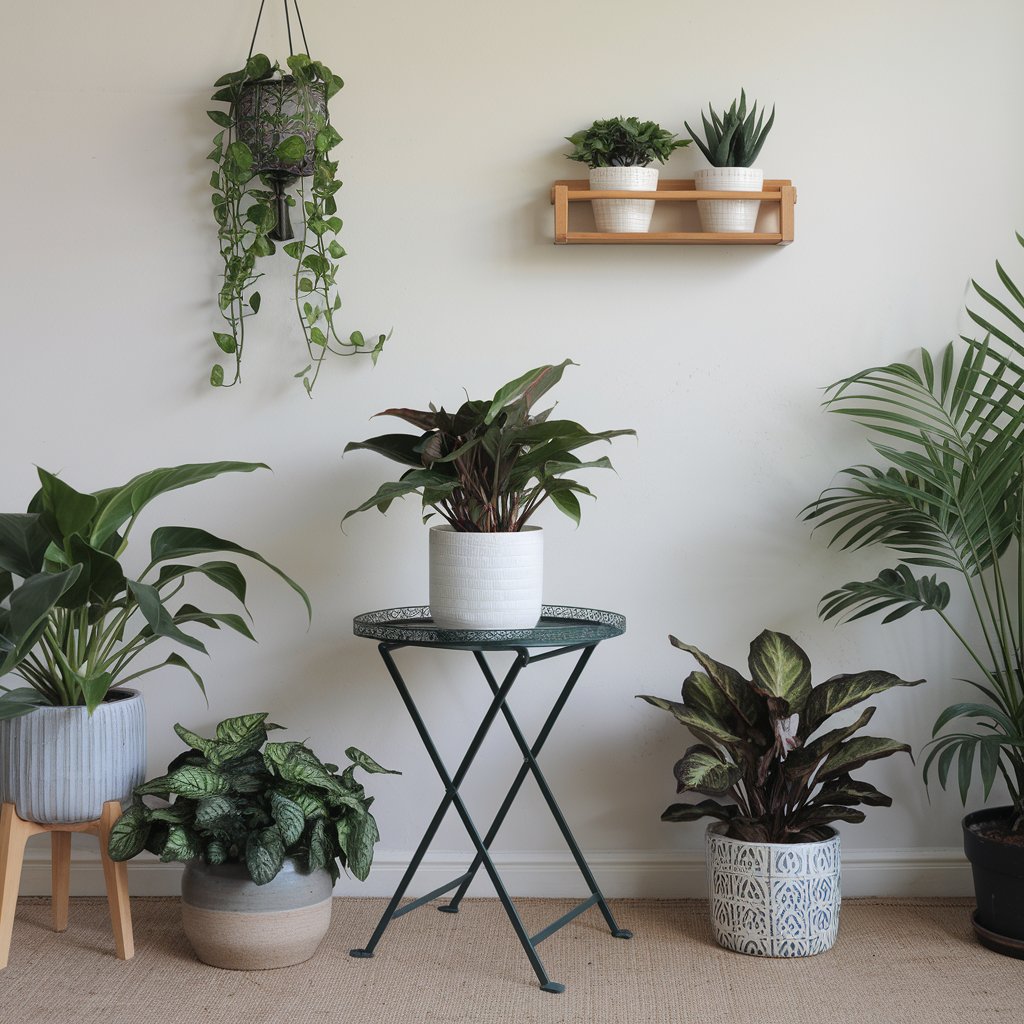If there’s one plant that combines elegance with superstition, it’s the money plant. Known for its lush green leaves and low-maintenance care, the money plant is believed to bring wealth, prosperity, and good fortune into your home. But beyond its folklore, it’s a fantastic addition to indoor spaces for its air-purifying qualities and aesthetic appeal. Let’s explore everything you need to know about growing and maintaining the money plant indoors.
Understanding the Money Plant
The term money plant is a broad one, but it commonly refers to Epipremnum aureum, also known as Pothos or Devil’s Ivy. However, other plants such as the Chinese Money Plant (Pilea peperomioides) and the Money Tree (Pachira aquatica) also fall under this category. Let’s break it down:
- Epipremnum aureum (Money Plant): A vining plant with heart-shaped leaves, often grown in hanging baskets or as a tabletop centerpiece.
- Pilea Peperomioides (Chinese Money Plant): Known for its unique round leaves resembling coins, this plant adds a quirky touch to any home.
- Pachira Aquatica (Money Tree): Recognizable by its braided trunk and fan-like leaves, it’s a symbol of wealth in Feng Shui.
Why Grow a Money Plant Indoors?
- Symbolism: Brings good fortune, wealth, and positive energy (according to Feng Shui and Vastu Shastra).
- Air Purification: Money plants remove toxins like formaldehyde and carbon monoxide, improving indoor air quality.
- Low Maintenance: Ideal for beginners, they thrive even with minimal attention.
- Aesthetic Appeal: Their vibrant green foliage brightens up any space, from living rooms to work desks.
How to Grow a Money Plant Indoors
1. Choose the Right Location
Money plants love bright, indirect sunlight. A location near a window with soft, filtered light works best. Avoid direct sunlight, which can scorch the leaves, and low-light areas, which may slow growth.
2. Soil Requirements
Use well-draining soil, such as a mix of garden soil, sand, and compost. For better drainage, consider adding perlite or vermiculite.
3. Watering the Money Plant
- Frequency: Water when the top 1–2 inches of soil feel dry to the touch. Overwatering can lead to root rot.
- Humidity: Money plants thrive in moderate to high humidity, so mist the leaves occasionally or place a tray of water nearby.
4. Temperature and Humidity
Money plants prefer temperatures between 60–85°F (15–29°C). Keep them away from cold drafts or heating vents, which can stress the plant.
5. Fertilizing
Feed your money plant once a month during the growing season (spring and summer) with a balanced liquid fertilizer. Avoid over-fertilizing, as it can harm the roots.
How to Propagate Money Plants
For Epipremnum Aureum (Pothos):
- Cuttings: Take a healthy stem cutting with at least 3–4 nodes.
- For water propagation, submerge the nodes of the cutting in a jar of water.. Roots will develop in 2–3 weeks.
- Soil Transfer: Once the roots are 1–2 inches long, transfer the cutting to soil.
For Pilea Peperomioides (Chinese Money Plant):
- Look for “pups” or offsets growing near the base of the plant.
- Gently separate the pup with its roots intact.
- Plant the pup in fresh soil and keep it in bright, indirect light.
For Pachira Aquatica (Money Tree):
- When taking stem cuttings, ensure they have at least two leaf nodes.
- Coat the cut end with rooting hormone and plant in damp soil.
- Cover the cutting with a plastic bag to retain humidity, and place it in indirect sunlight.

Common Problems with Money Plants
1. Yellowing Leaves
- Cause: Overwatering or poor drainage.
- Solution: Check the soil moisture and let it dry out before watering again.
2. Browning Edges
- Cause: Low humidity or underwatering.
- Solution: To boost humidity, consider misting the plant or using a humidifier.
3. Leggy Growth
- Cause: Insufficient light.
- Solution: Move the plant to a brighter location.
4. Pest Issues
- Money plants are occasionally prone to pests like spider mites and mealybugs.
- Solution: Wipe the leaves with a mixture of water and mild dish soap or use neem oil spray.
Decorating with Money Plants Indoors
- Hanging Baskets: Let the vines trail down for a lush, cascading effect.
- Wall Planters: Create a vertical garden with money plants for a modern look.
- Desk Plants: Small pots of Chinese money plants or pothos brighten up workspaces.
- Bathroom Accent: High humidity makes bathrooms an excellent spot for money plants.
FAQs About Money Plants
1. Are Money Plants Safe for Pets?
Epipremnum aureum is toxic to pets if ingested, causing symptoms like drooling and vomiting. Make sure the plant is kept out of your pets’ reach.
2. How Big Do Money Plants Grow Indoors?
- Epipremnum aureum: Vines can reach up to 10 feet long indoors.
- Pilea Peperomioides: Grows up to 12 inches tall.
- Pachira Aquatica: Can grow 6–8 feet tall indoors with proper care.
3. Do Money Plants Bring Wealth?
While there’s no scientific evidence, many believe money plants attract financial success and positivity, making them a popular Feng Shui choice.
Final Thoughts on Money Plants
The money plant is more than just a pretty addition to your indoor garden; it’s a symbol of prosperity and well-being. Whether you’re drawn to its air-purifying qualities, easy care, or its potential to bring good fortune, the money plant is a must-have for plant lovers.
With the tips and insights shared here, you’re ready to grow and care for your money plant like a pro. Happy planting, and may your home be filled with greenery, joy, and maybe a little extra luck!
For more tips on indoor plant care and propagation, check out Indoor gardening.




